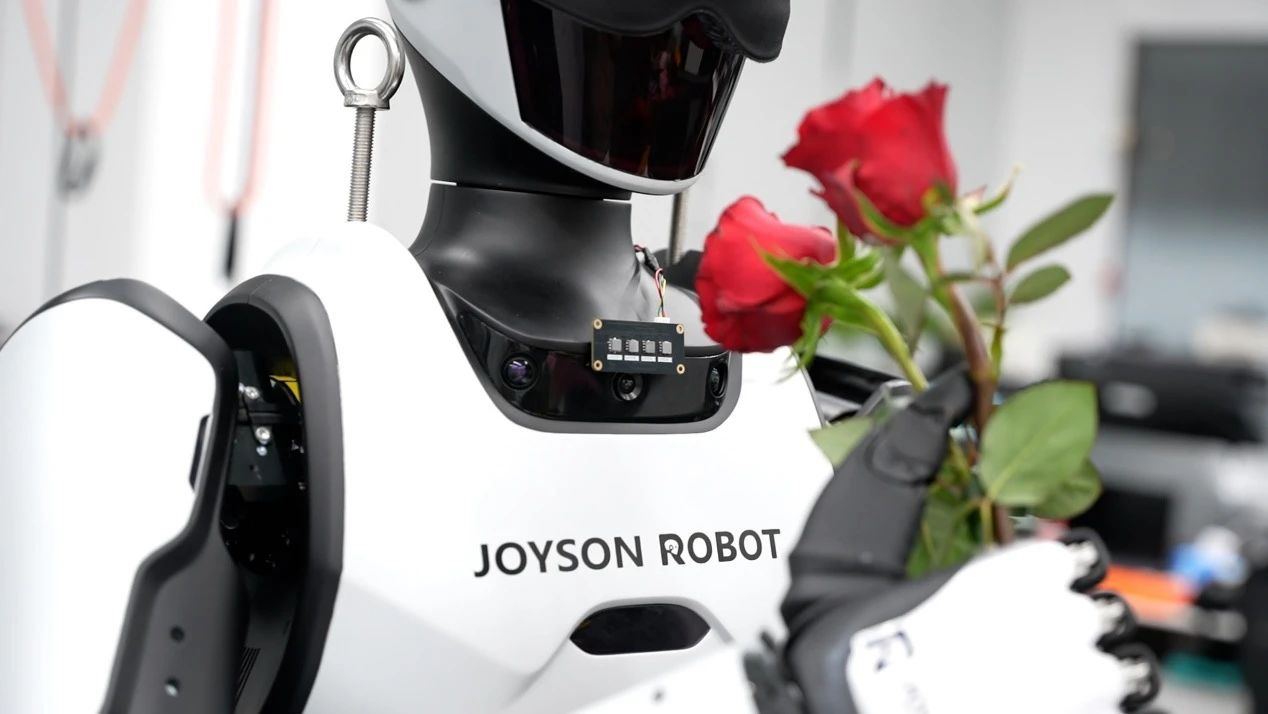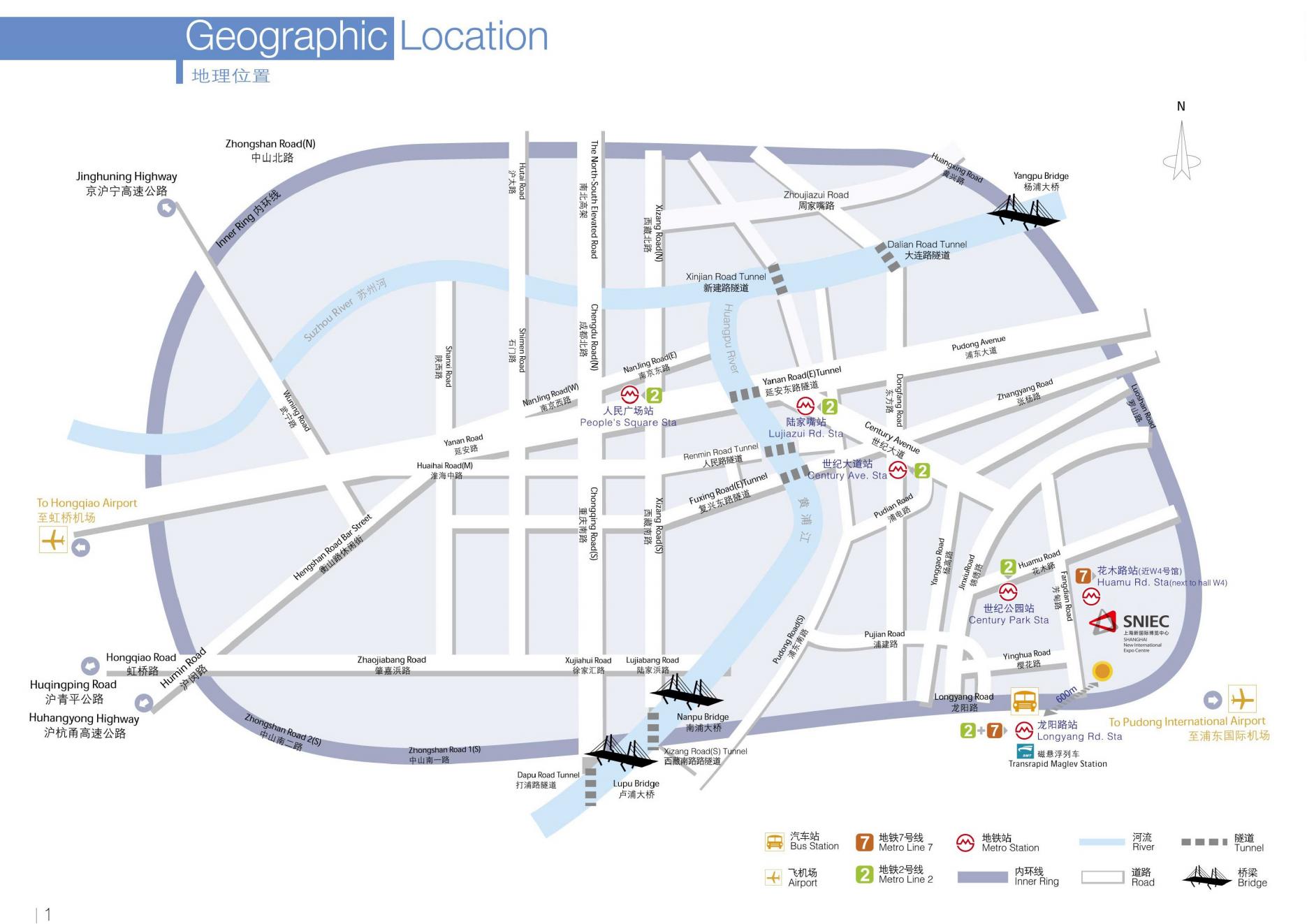On February 14, Joyson Electronics released a self-developed olfactory sensor designed for humanoid robots. This sensor can not only accurately "smell and identify flowers", but also detect food oxidation and warn of gas leaks.

It is understood that the sensor uses a 4mm chip, integrates 10,000 vertical nanotubes, consumes only 240 milliwatts, and has a response time of between 20 and 60 seconds. It can accurately detect gas concentrations at the ppb level, with an accuracy rate of up to 99% for 8 single gases, and can even distinguish complex mixed odors. In terms of gas leak warning, it can sound an alarm within 0.1 seconds, and when detecting food oxidation, it only takes 3 seconds to complete. The application of this technology is expected to promote the field of environmental monitoring, medical diagnosis and intelligent robots into a new era of "olfactory perception".
Previously, Joyson Electronics announced its new humanoid robot strategy, positioning itself as "Automobile + Robot Tier 1", providing software, hardware and solutions for global automakers and embodied intelligent robot-related companies. The company plans to quickly expand its advantages in the research and development of core automotive components and high-end manufacturing to the upstream and downstream of the embodied intelligent robot industry chain to create a second growth curve. At present, the core components developed by Joyson Electronics for robots have been sent to well-known humanoid robot companies.
Ningbo Joyson Electronics Co., Ltd., founded in 2004, is one of China's outstanding high-growth automotive parts suppliers. It is headquartered in Ningbo, China, and its stock code is 600699 (Shanghai Stock Exchange).
As a global leading smart car technology and solution provider, Joyson Electronics occupies a leading position in the subdivided industry. It is China's second largest independent automotive parts supplier, as well as China's and the world's second largest automotive passive safety product provider, and China's second largest and the world's fourth largest smart cockpit domain control system provider. The company has a global R&D and supply chain layout covering Asia, Europe and North America, and has leading technologies and products in the fields of smart driving and smart cockpits. It is the first to mass-produce 5G-V2X smart network terminals and launch 800V high-voltage platform technology. Its customer base covers well-known global automakers, including Tesla, Volkswagen, Ford, etc.
In terms of operating and financial conditions, Joyson Electronics' revenue in 2023 reached 55.73 billion yuan, with a net profit of 1.083 billion yuan, but its asset-liability ratio was high, reaching 68.6% at the end of the third quarter of 2024, with interest-bearing liabilities totaling approximately 22.72 billion yuan, while monetary funds and trading financial assets totaled only 7.13 billion yuan. In addition, goodwill, intangible assets, and development expenses accounted for 17.5% of total assets, which may affect asset quality.
However, the company repurchased a total of 1.44 million shares in January 2025, with a total payment of 25 million yuan. Faced with the rapid growth of the global smart car market, Joyson Electronics, as a leading provider of smart car technology solutions, is expected to benefit from this market trend, but at the same time it also needs to cope with challenges such as high asset-liability ratio and weak asset quality.
The humanoid robot olfactory sensor market is experiencing rapid development, and with the increasing maturity of humanoid robot technology, its demand for olfactory sensors has increased significantly. At present, olfactory sensors are mainly used in environmental monitoring, safety warning, food testing and other fields. For example, the new sensor launched by Joyson Electronics can identify flower scents, detect food oxidation and warn of gas leaks.
As the core of the olfactory function of humanoid robots, gas sensor technology is developing towards the "4S2P" characteristics of high sensitivity, high selectivity, high stability, fast response, low power consumption and low cost, and integrating with the Internet of Things, micro-nano processing technology and artificial intelligence, moving towards intelligence, so that robots can simulate biological olfactory systems and identify complex odors.
In terms of market prospects, with the widespread application of humanoid robots in service, medical, education and other fields, the demand for olfactory sensors will continue to grow. It is expected that by 2030, the relevant market size will exceed 54 billion yuan, and it will be supported by policies such as the "Guiding Opinions on the Innovation and Development of Humanoid Robots" issued by the Ministry of Industry and Information Technology of China. However, the market competition is fierce. International companies such as Bosch and Omron are leading with their technological advantages, while domestic companies such as Hanwei Technology are also accelerating their layout. In the future, technological innovation and product quality will become the core of corporate competition.
This paper is from Ulink Media, Shenzhen, China, the organizer of IOTE EXPO (IoT Expo in China)







